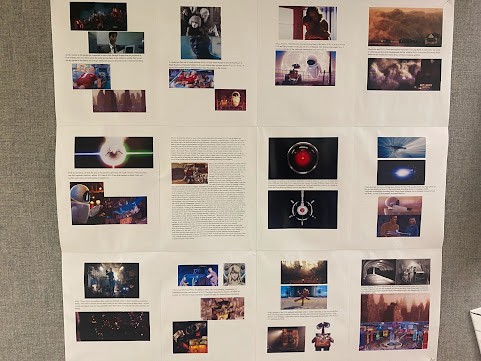Automated Customer Service
Automated Customer Service, the first episode of the second season of Love Death and Robots, was my favorite short. After some research, I found that the short was based on the short story of the same name by John Scalzi. He is a science fiction writer and president of the Science Fiction and Fantasy Writers of America. Set in Palm Springs, California the episode depicts an elder woman faced with a robotic vacuum thats turns against her. She calls customer service and the main line of the short is: "If your home-cleaning unit is attempting to murder you, please press 3". The emotions and gestures shown on Jeanette and her bichon-frise's face are realistic and entertaining. I find it both interesting and purposeful that the short's setting is Palm Springs. California today is constantly being bombarded with advancements in technology and updated machinery. For instance, Elon Musk's Tesla was founded in San Carlos, California. Social media influencers tend to glamorize the life that they live in California. The town in the episode reminds me of the cities Freedonia in Despicable Me or Thneedville in Lorax. The animations and architecture of houses+buildings are similar in both the episode and childhood movies. When we go back and look at the technology aspect of the episode, it clearly shows the future with a sense of comedic relief. We currently do have robot vacuums that can clean the entire house for us and they are turned evil in Love Death and Robots. Nancy Linari voices Jeanette, Ben Giroux as the customer service representative and Brian Keane as Bill. The animations used by the creators of Love Death and Robots use a combination of keyframe and motion capture. To create facial movement, Tim Miller uses ImageWorks facial rig. I grew up with an older sister that attended School of Visual Arts for 3D animation. She produced her own short film in senior year as her thesis. Because this is outside of my disciplinary studies, I find it intriguing to research on the animation resources used in the series.

Could the possibility of robots becoming sentient in our reality be mitigated if we left robots in a state of performing only one simple task or would having multiple simple robots result in a similar outcome?
ReplyDelete